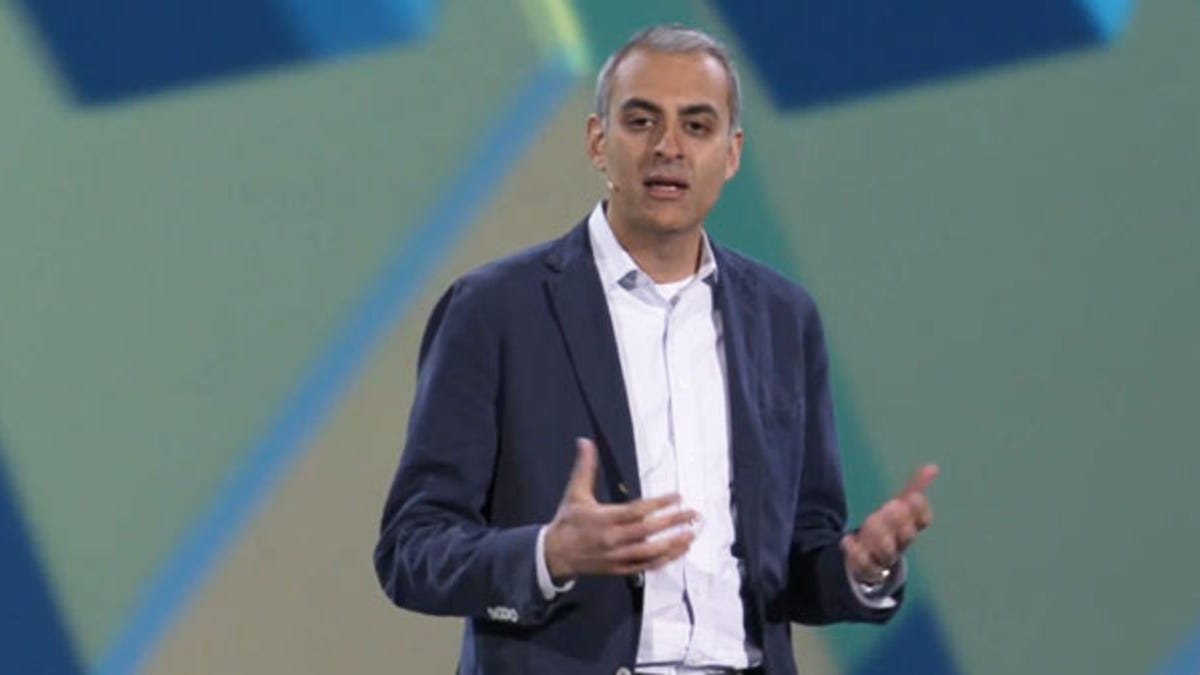Dislike Adobe's Creative Cloud subscriptions? Tough beans
Adobe will adjust its subscription plans to appeal better to photo hobbyists, but it won't restore what many critics want -- an option to buy perpetual licenses to new versions of its software.

Anyone disappointed with Adobe Systems' switch to sell most of its software exclusively through subscriptions will have to remain disappointed.
The San Jose, Calif.-based company will make some changes to its $50-per-month Creative Cloud subscription to accommodate photography hobbyists and those who need access to files after they stop paying monthly fees, David Wadhwani, general manager of Adobe's digital media business, said in an interview Tuesday. But it won't turn back the clock to sell perpetual licenses to its software alongside the subscriptions, he said.
"We understand this is a big change, but we are so focused on the vision we shared for Creative Cloud, and we plan to focus all our new innovation on the Creative Cloud," Wadhwani said.
The subscription, which grants access to Adobe's full suite of software as well as some online services, costs $600 per year with a full-year commitment. Customers who want it for a shorter period can pay $75 for a single month, and Adobe also sells subscriptions to individual titles such as Photoshop or After Effects for $20 per month. Gone are the days when it sells a perpetual license that lets a customer use a version of the software for as many years as desired.
For those who don't like the subscriptions, the Creative Suite 6 software released last year "is a reasonable alternative," he said. "We'll continue to sell it and continue to maintain it. Over time we hope to win these customers over through innovation and strong execution."
Converting critics into fans will be tough, but Adobe promises cloud-based features will help do the job. For example, a tablet version of Photoshop can tap into the computing power of Adobe servers to compensate for feeble mobile processors, and Adobe's online services will become a place where creative professionals can sell their work with Adobe's active help.
His words aren't likely to mollify the throng of people who object to what they see as price increases and a loss of control that come with the Creative Cloud. In a survey conducted by CNET and analyst firm Jefferies, most customers said they wouldn't buy Creative Cloud.
That's a scathing feedback, but Adobe has its own survey data that led it to its announcement this month that subscriptions would be the only way to buy new versions of its creative software. Before that announcement, more than 80 percent of customers who bought products from Adobe's Web site picked CC over CS, and customer satisfaction is high, Wadhwani said.
"Customer satisfaction for users using Creative Cloud has been off the charts. It is our single highest customer satisfaction product in the creative space," he said.
Face-to-face meetings, course corrections
Adobe plans a publicity push to try to win over skeptics, with face-to-face meetings with 50,000 customers at events around the world. And it's making some changes where it thinks critics are right.
Those adjustments fall into two areas. First, while many pros use Adobe's software, there also are amateurs, especially in the photography area, who screeched at the Creative Cloud prices. They're not typically the sort who can easily justify $20 or $50 a month on the basis of the revenue it brings their business.
"We want to give them the capabilities hobbyists are looking for at a subscription price the hobbyists would find attractive," Wadhwani said.
Second, Adobe wants to provide a way for customers to access their files even when they've stopped paying. That seems likely to include the ability to open, print, and export files, but not to edit them, however.
"We agree our customers should be able to open their files even after they've unsubscribed," Wadhwani said. "It's their work, and they should be able to reliably access what they've created."
Upselling customers
Creative Cloud is from one perspective an upsell, since it costs more than Adobe's historic single-product or small-suite licenses and upgrades. It also offers access to a lot of software people might not otherwise have bought, and Adobe believes that puts the company in front of a significant change in software purchasing and buying and use.
"We see an increasing number of creatives breaking down the silos -- photographers doing video, designers doing Web. It's giving them more opportunities to explore," Wadhwani said. "This is a trend that's going to continue to accelerate. We've been seeing this trend moving for the last couple years."
Ultimately, Adobe will have to prove its case by showing it can attract paying customers. Today, some of them feel like Adobe holds all the cards, with software that's inextricably tied into their design and business processes and not much ability to push back. But Adobe argues that ultimately, people will see the value.
"It's in our best interest to keep prices low enough for lots of people to come on board," he said.
He wouldn't say whether he was surprised by the level of vitriol that greeted the subscription-only announcement, but he did indicate Adobe expected significant resistance to the change.
"We have a very passionate base of customers, and we love that," Wadhwani said. "Sometimes the conversations are difficult."

